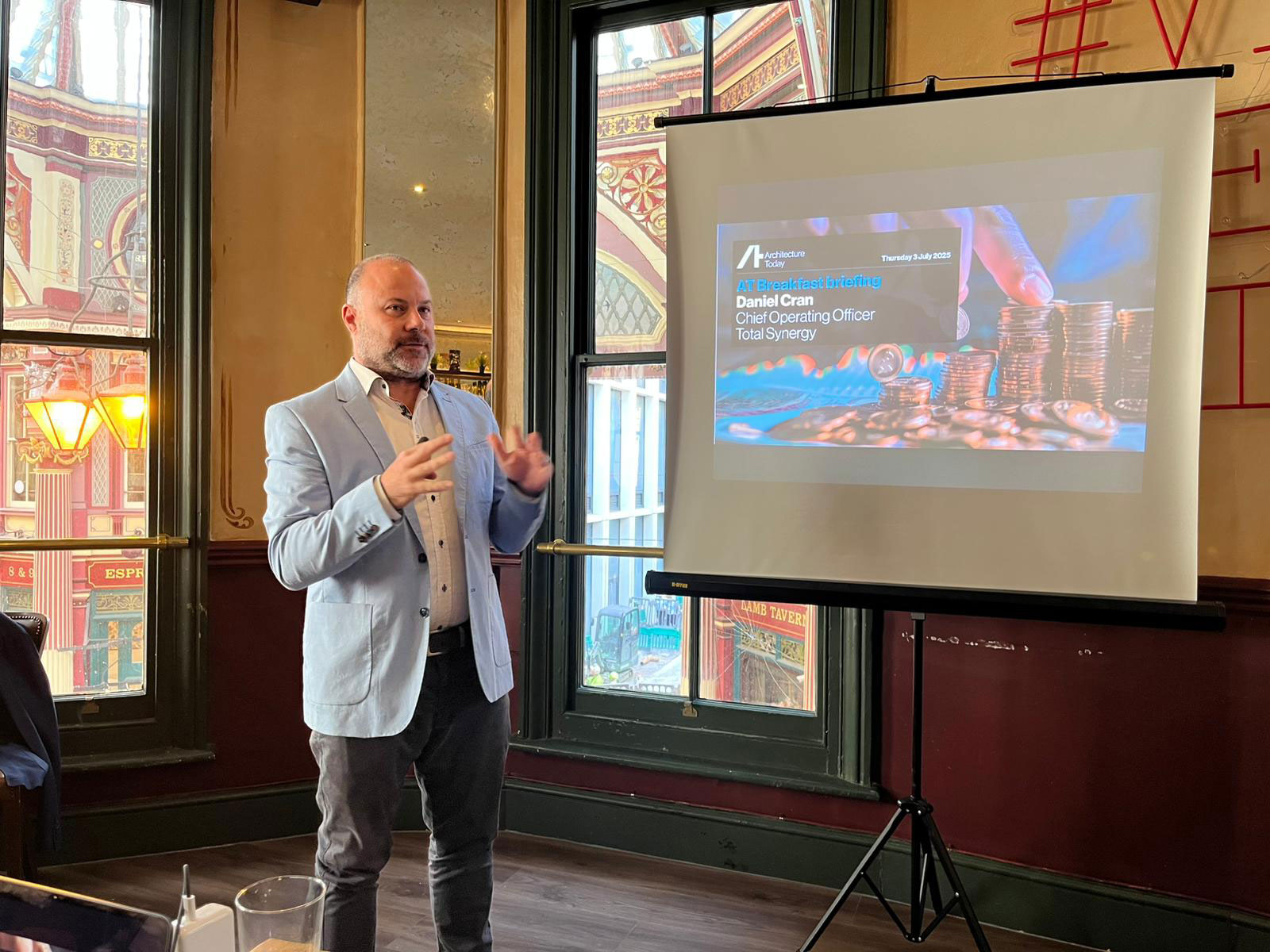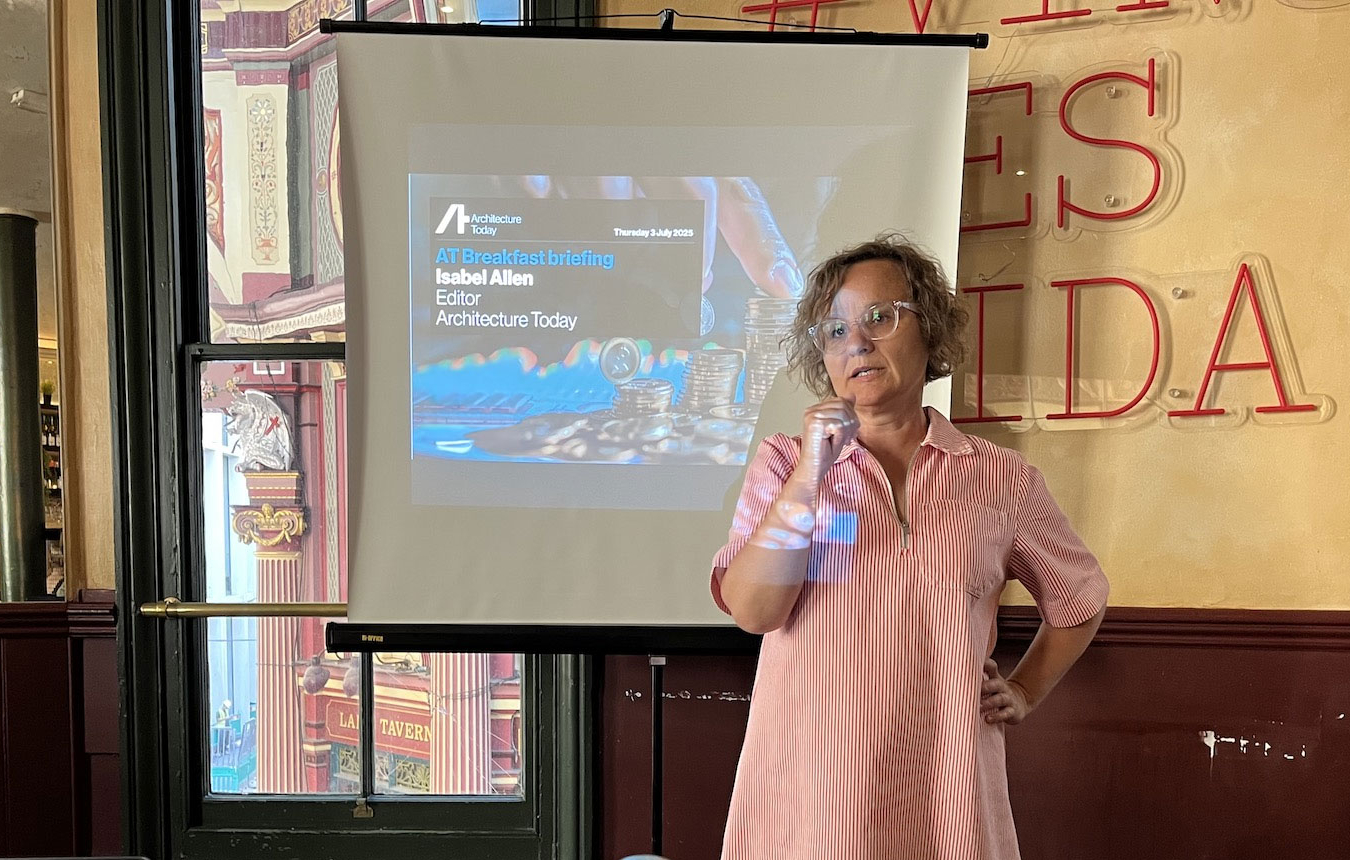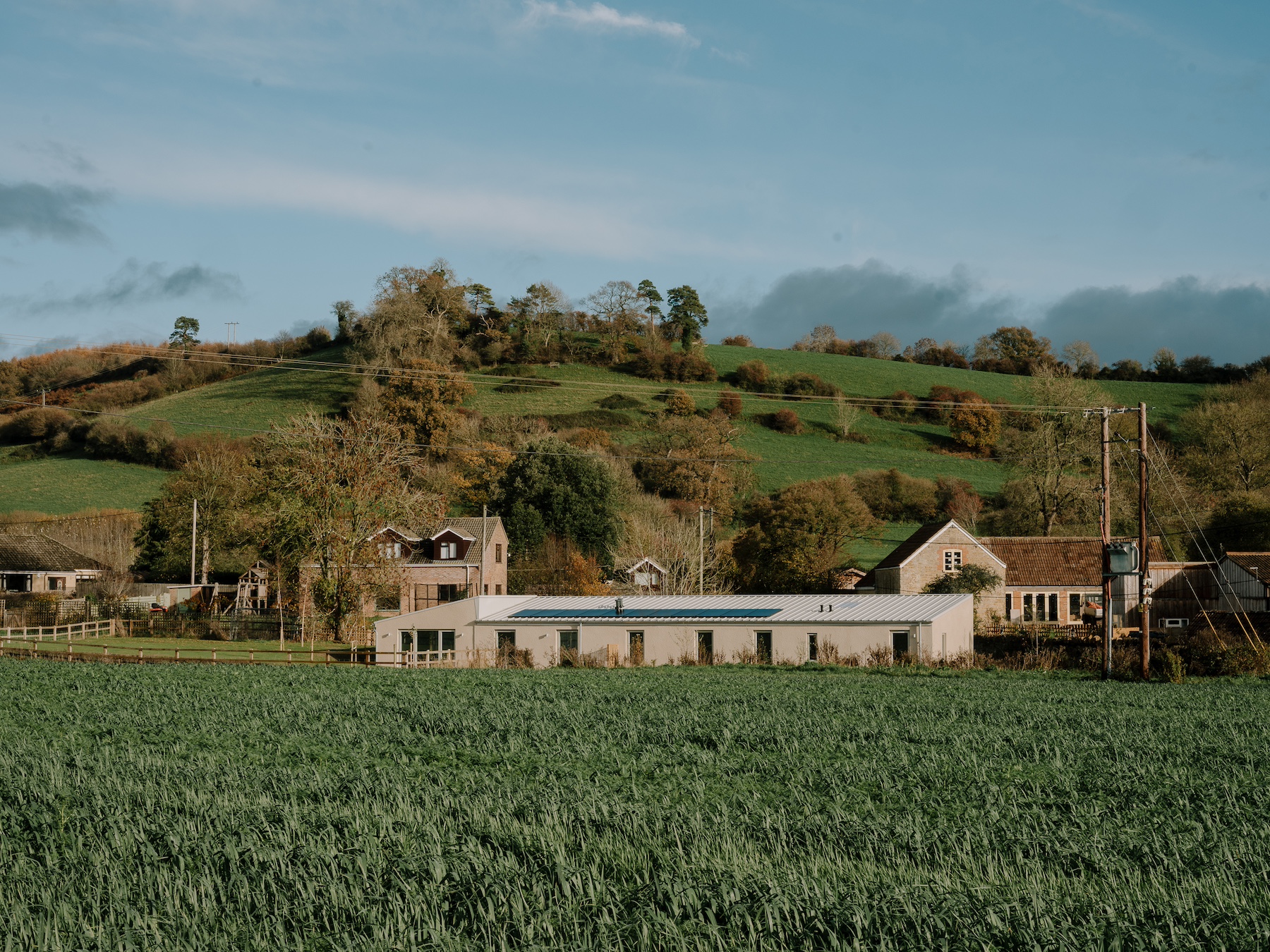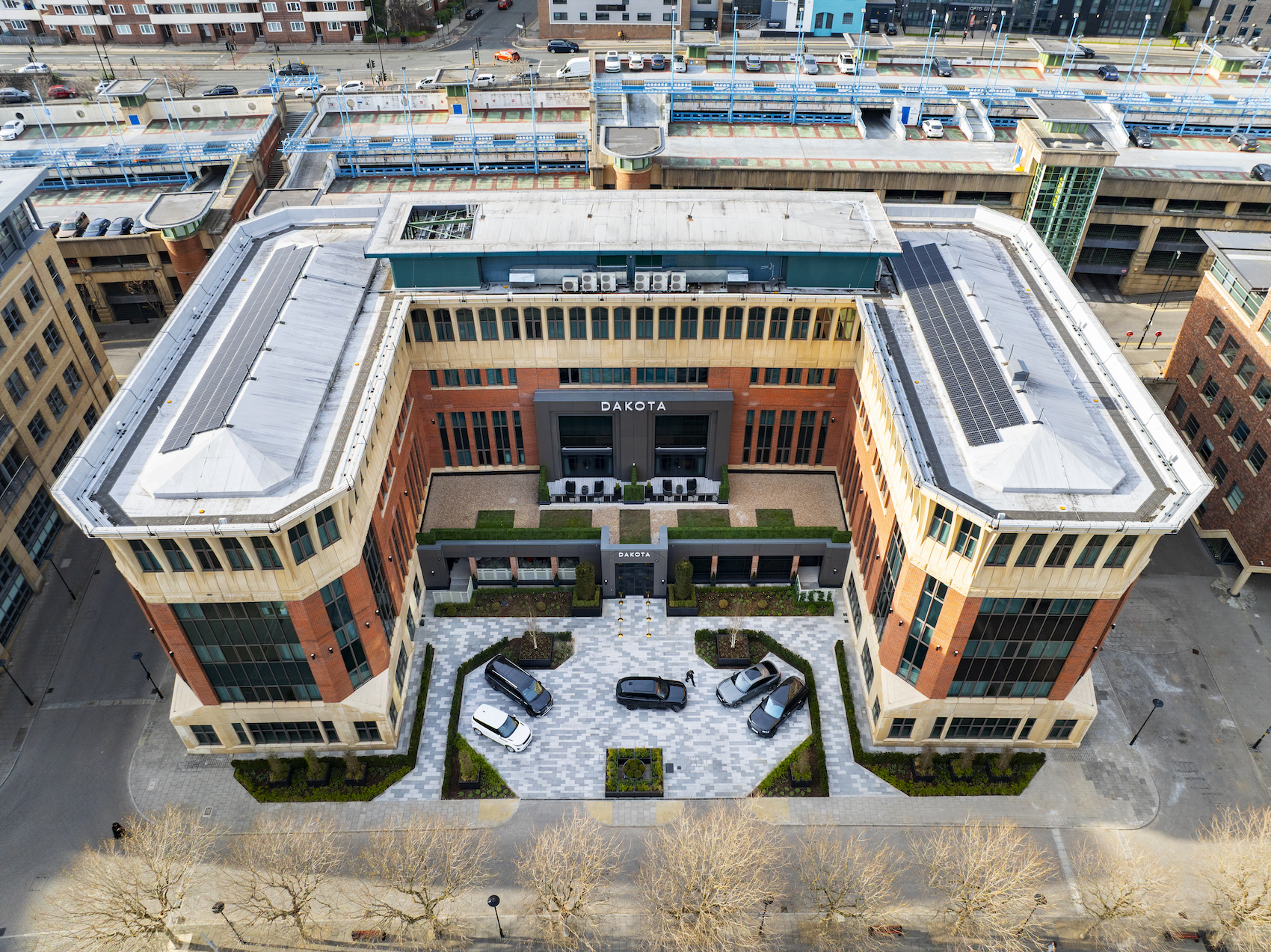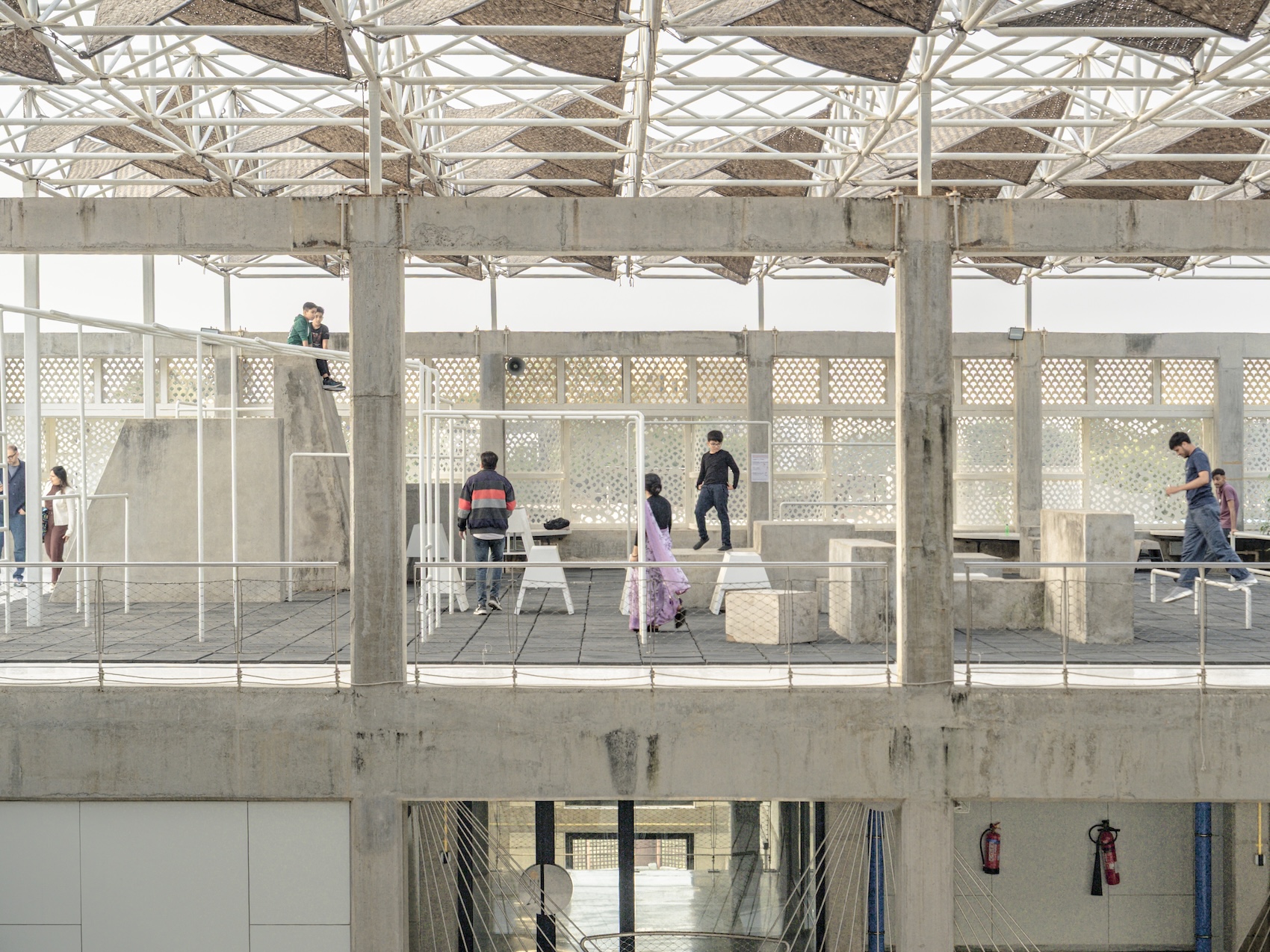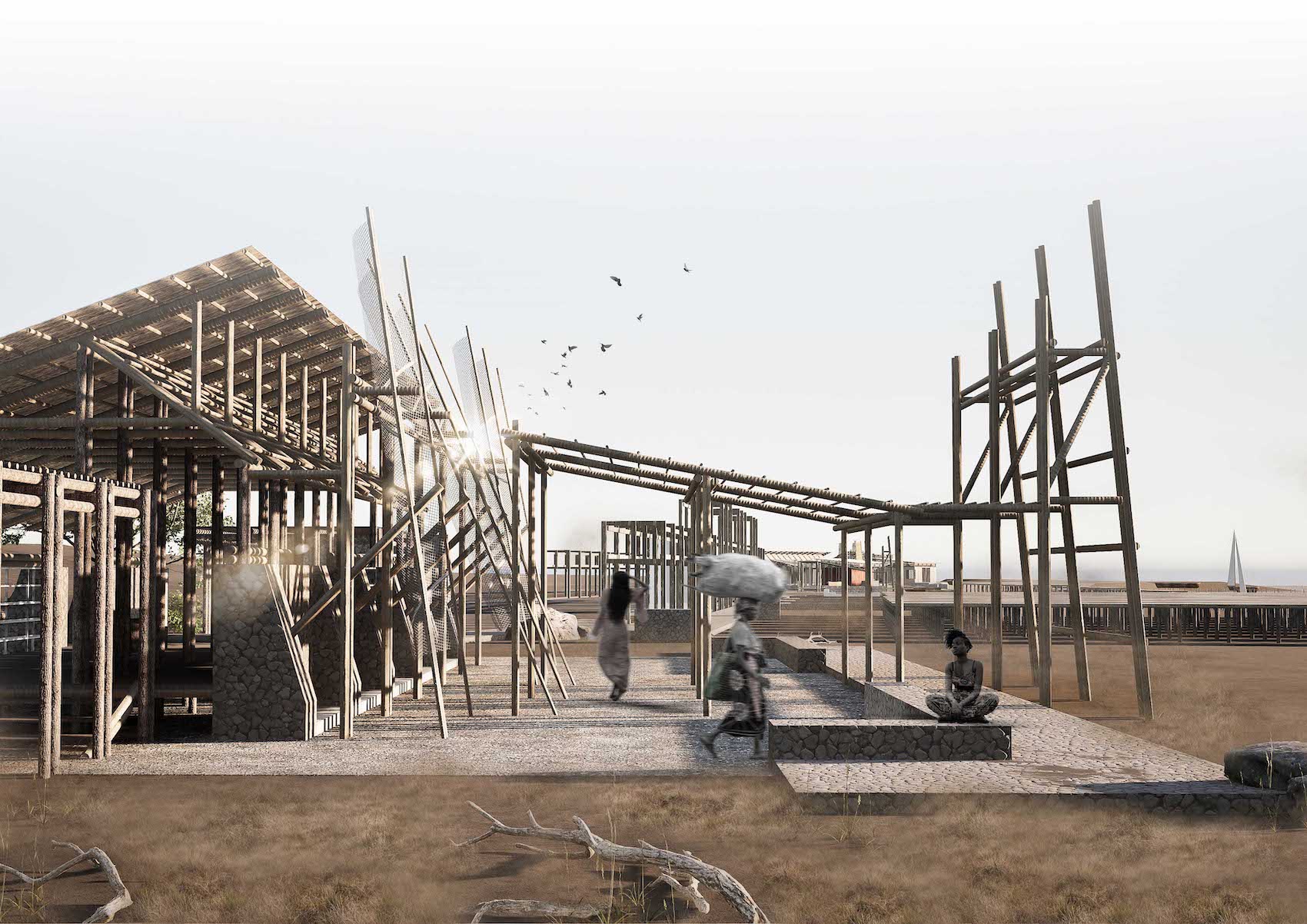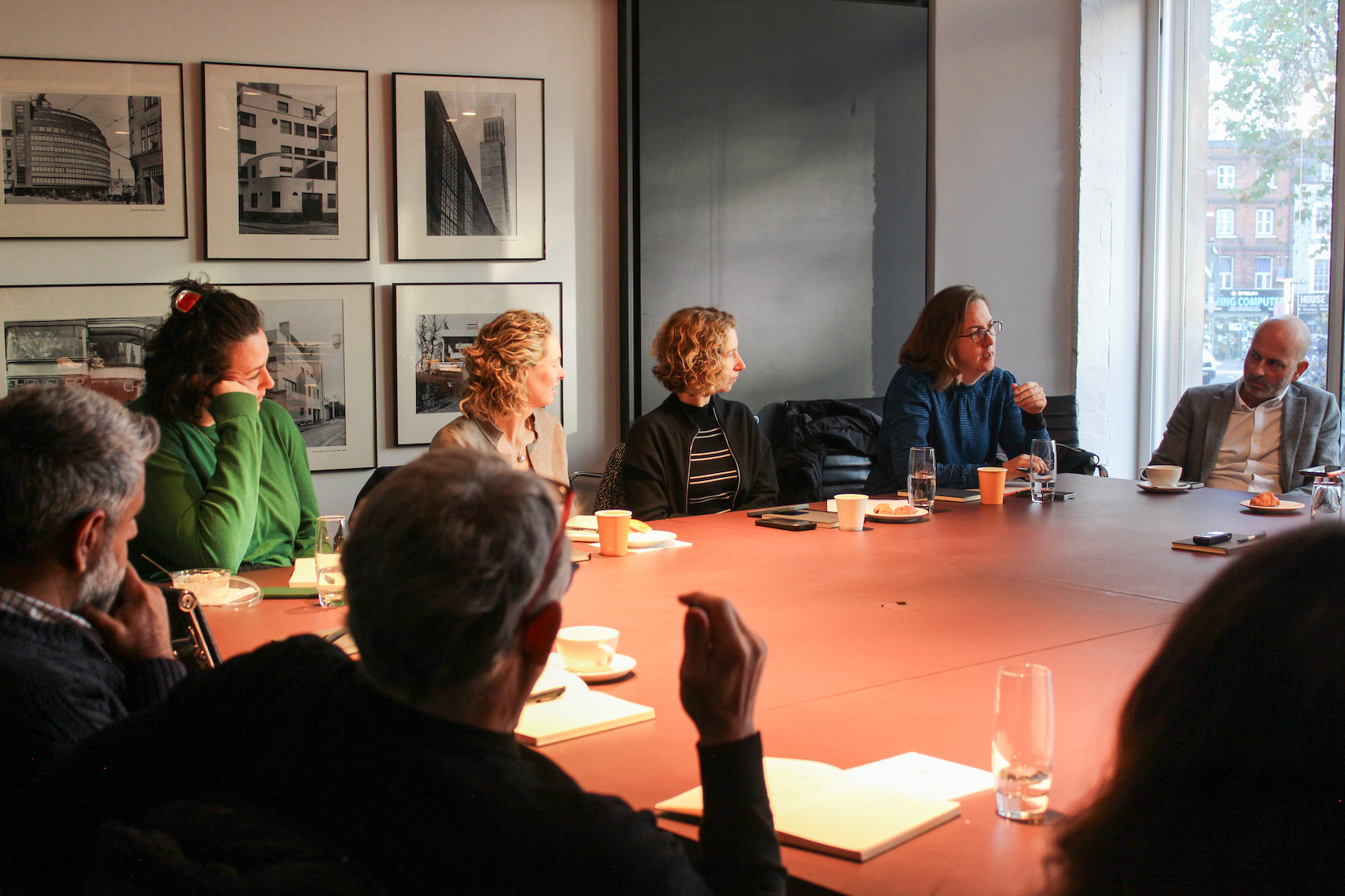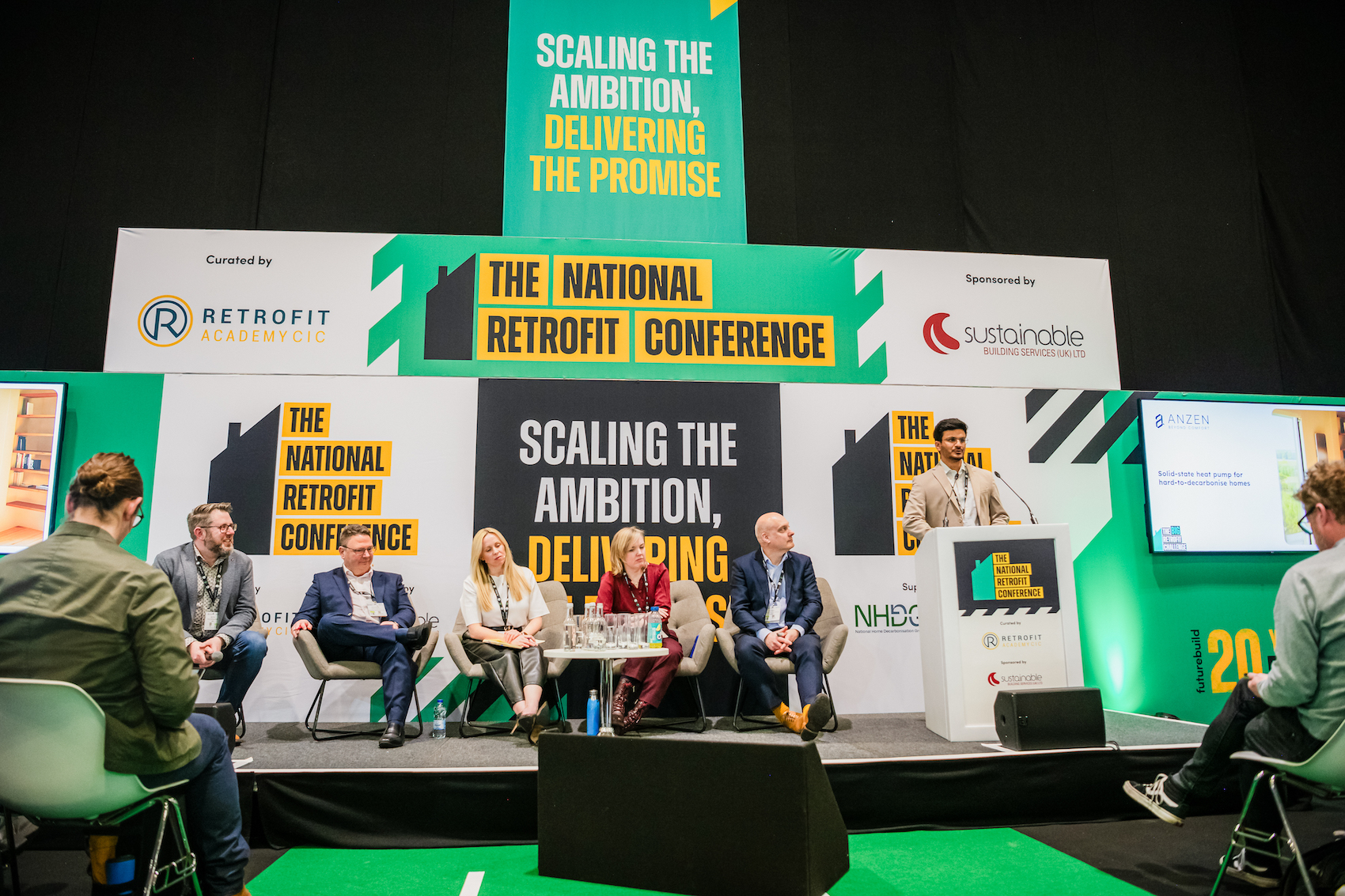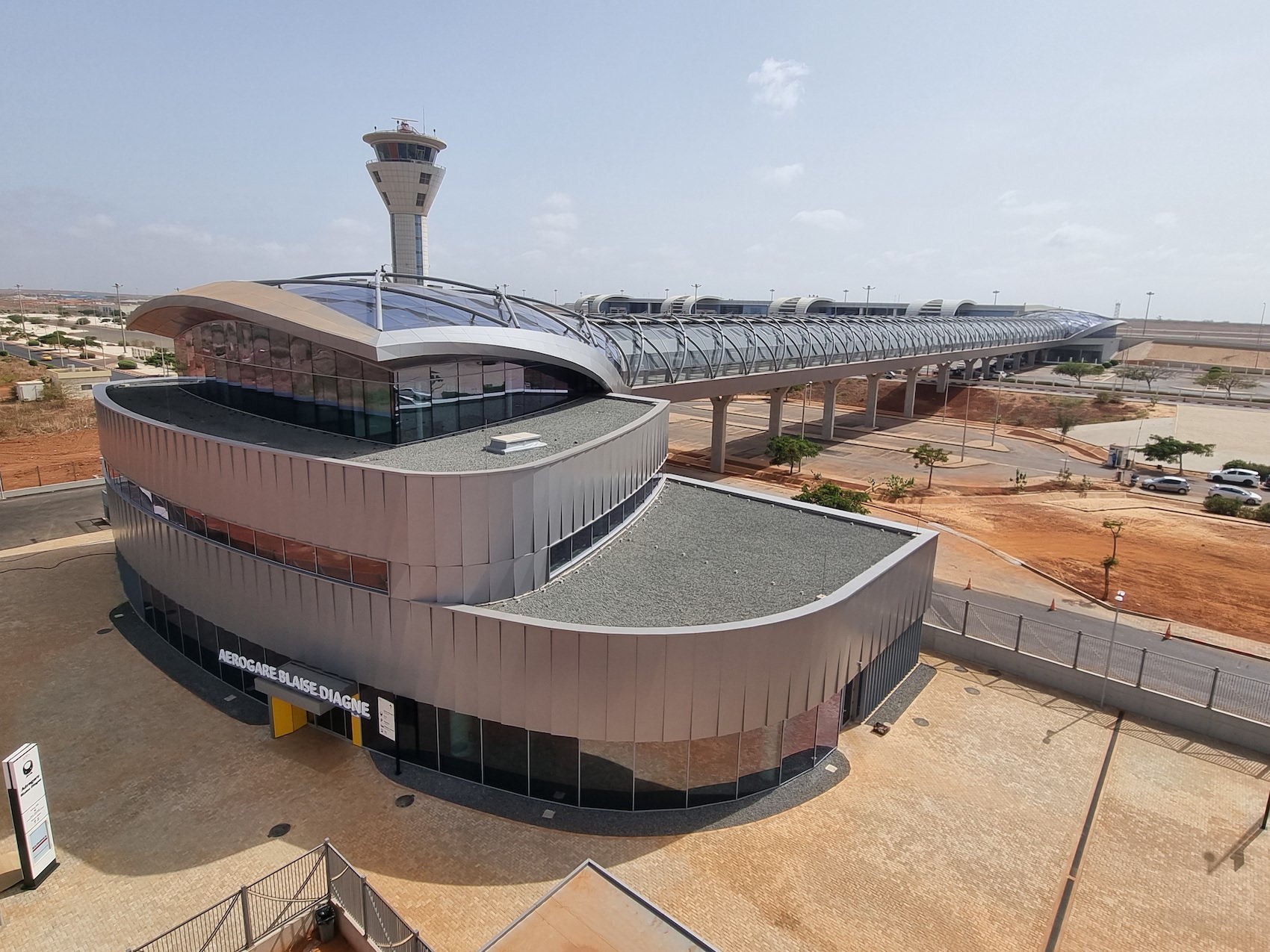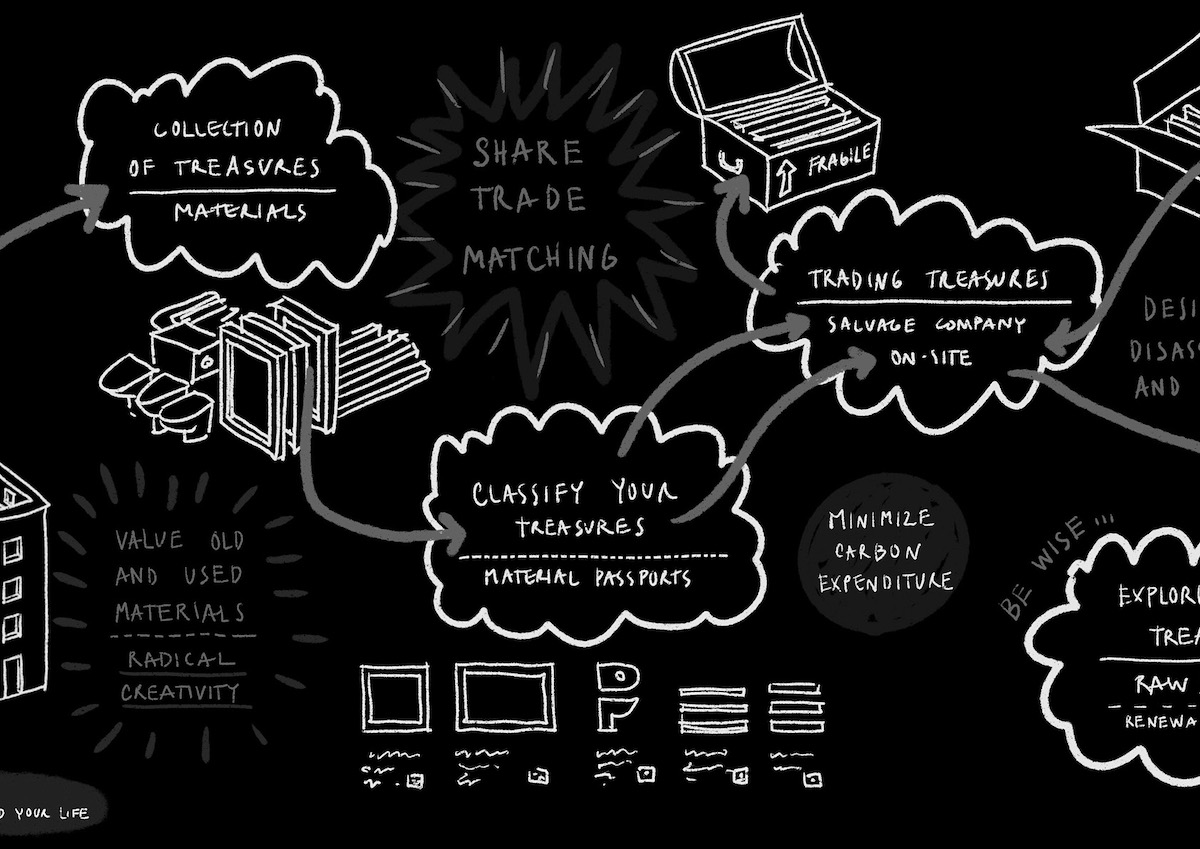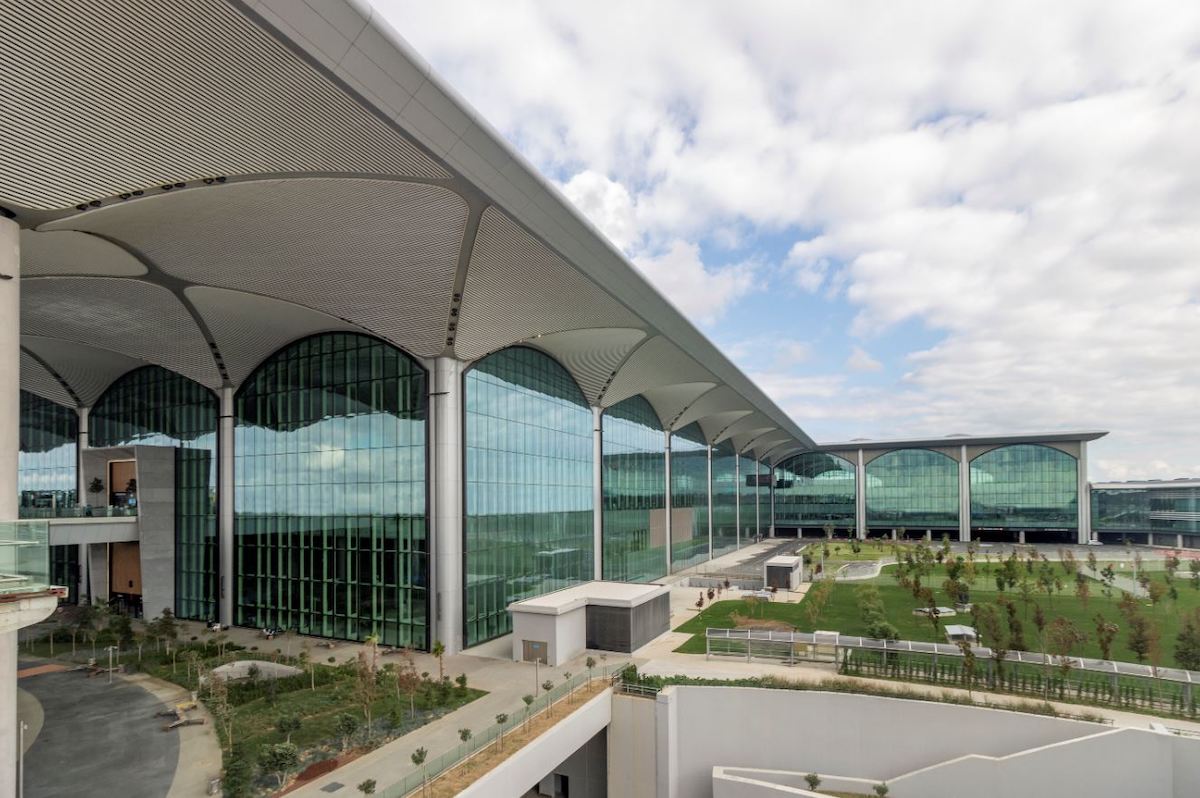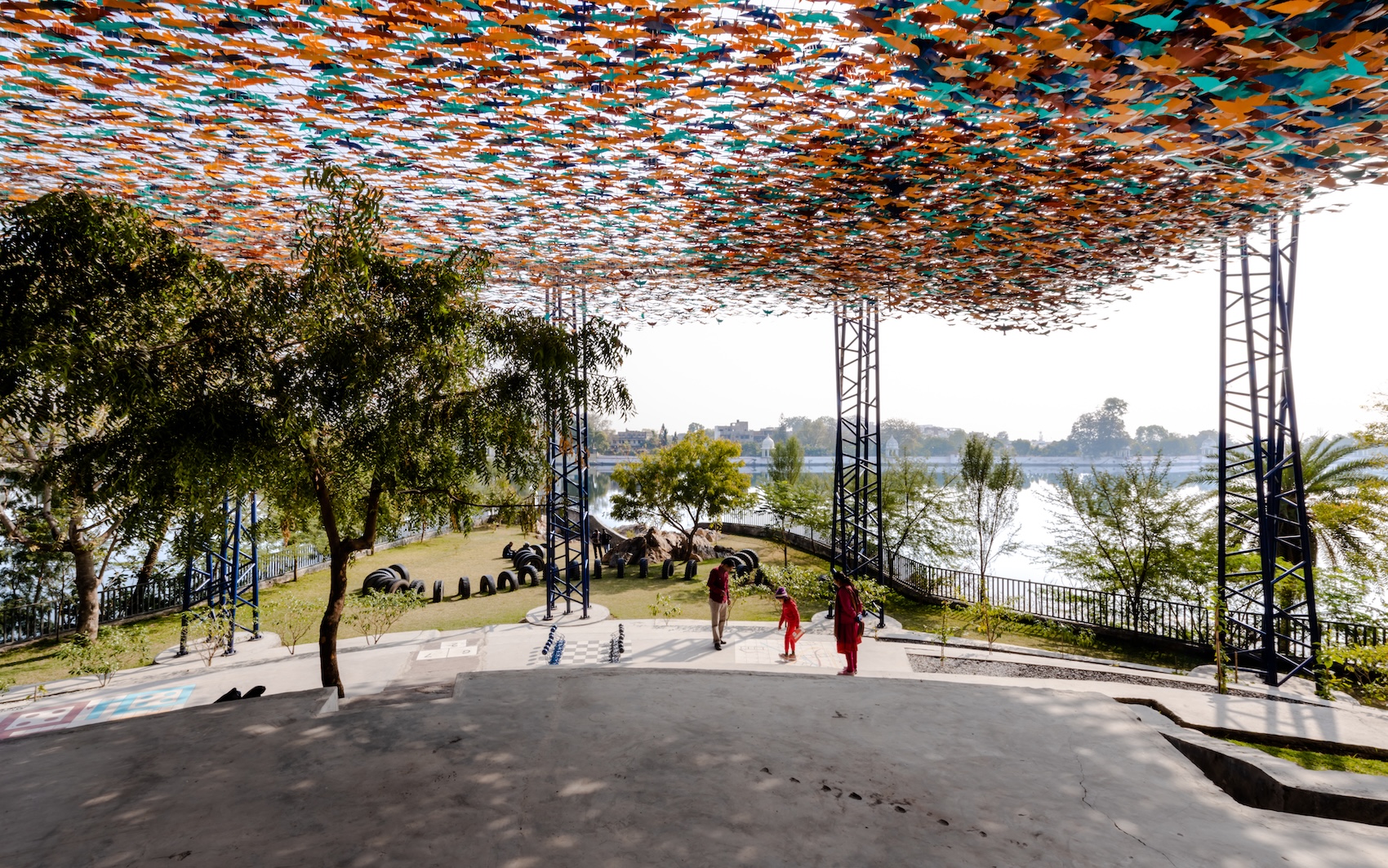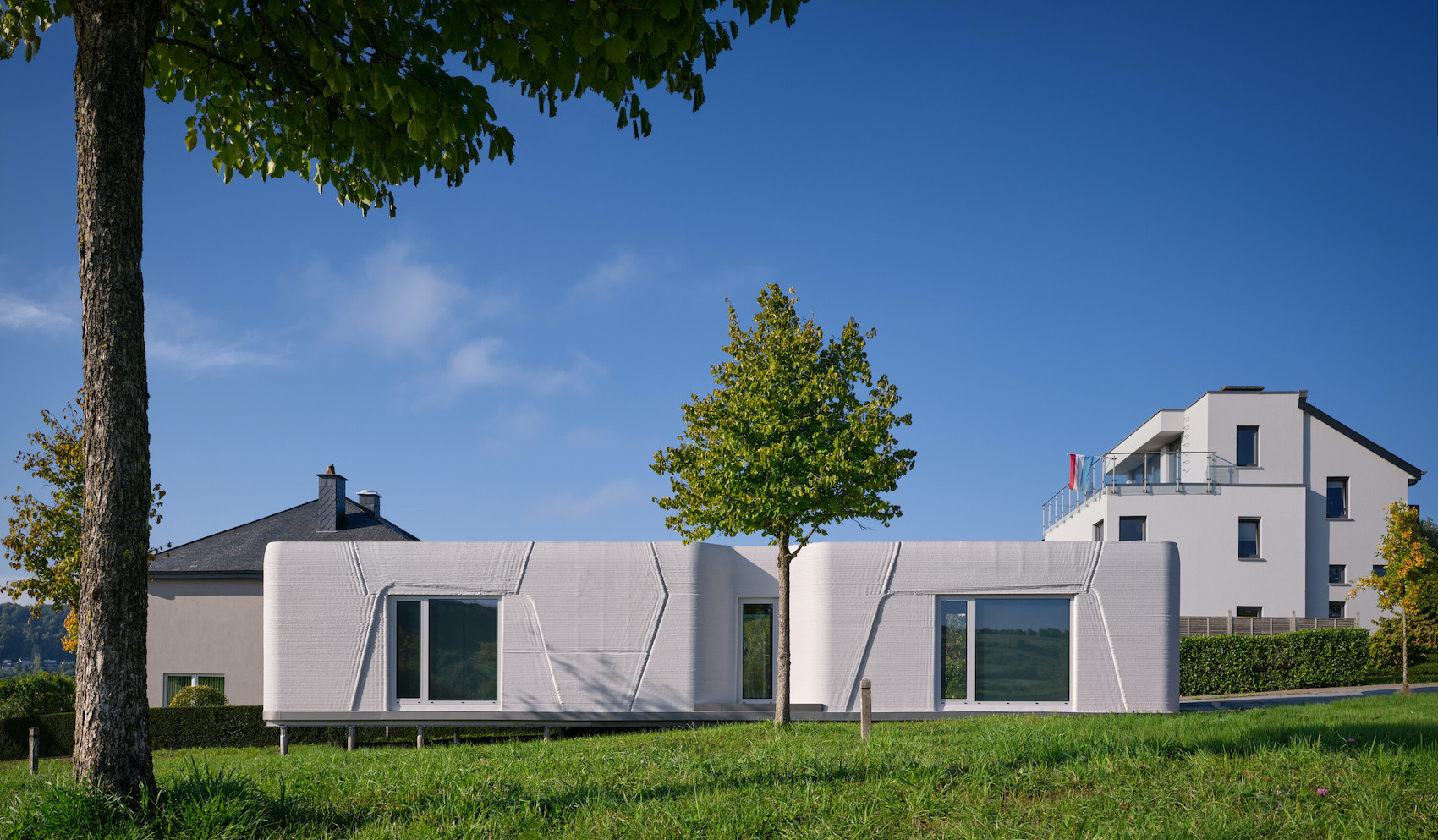Architecture Today’s latest Business Breakfast explored how practice leaders are combining creativity and commercial strategy to build resilient, purposeful, and profitable architectural businesses.
In association with![]()
The latest AT Business Breakfast, held in partnership with Total Synergy, took place on 3rd July at La Viña in Leadenhall Market, in the heart of the City of London. Leading figures from the architectural profession came together to explore how practices can successfully navigate the demands of creativity and commercial viability, while staying competitive and making the best use of their time and resources. The morning featured thought-provoking presentations from Kimberly Tryba, Managing Principal at LILA Studio; Daniel Cran, Chief Operating Officer at Total Synergy; and Alex Lifschutz, Director of Lifschutz Davidson Sandilands. Following the talks, there was a lively question and answer session, which was held under the Chatham House Rule.
Kimberly Tryba shared how she’s building a lean, global practice by investing strategically in agility, profile and partnerships.
Starting from scratch
Kimberly Tryba kicked off by reflecting on the transition from leading a globally recognised design brand to launching her own practice. Formerly managing partner of Martha Schwartz Partners (MSP) and responsible for opening and running its New York office, Tryba drew on that experience to establish LILA Studio last year.
Tryba described how her time at MSP helped crystallise the need for operational coherence. She not only centralised systems across offices in New York, London and Shanghai, but also unified HR and finance platforms, introduced professionalised business development processes, and encouraged the team to align around shared goals – all during the pandemic. “Covid gave us space to breathe, review, and rebuild,” she explained.
LILA Studio was founded with those lessons front of mind. The model is decentralised and agile. Tryba works primarily from home but has access to partner production offices in Toronto, Singapore, the Philippines, and London. Her permanent staff are supported by a flexible team of contractors and collaborators across time zones. “This approach gives us access to global talent while keeping overheads low and project delivery nimble,” she explained.
While Tryba’s two partners lead on design, she handles strategy, operations and business development. “We started with no clients and no revenue – so every hour had to count,” she noted. Her focus has been on broad-based outreach, proactive positioning, and making the most of industry events to build visibility fast. “Even if a talk doesn’t lead directly to a commission, you’re contributing to the wider conversation,” she said. “That builds momentum – and credibility.”
12 projects and competitions later, the practice is expanding, with new work in Florida, Israel and the UK. Strategic partnerships have replaced cold pitches, and Tryba is now investing more time in targeting specific clients with tailored proposals. “We’re trying to get ahead of the RFP (request for proposal),” she said. “Instead of waiting for opportunities, we’re creating them.”
Daniel Cran presented industry benchmarks showing how better data and systems improve profitability.
Data, insight, and the business of design
Next to speak was Daniel Cran who shared key findings from Total Synergy’s latest global benchmarking report. Drawn from more than 150 architecture and engineering practices across the UK, US, and Australasia, the report provides an industry-wide snapshot of operational performance, and a reality check for practice leaders looking to optimise their time and increase profitability.
Cran began by reflecting on Total Synergy’s evolution. “We’ve been around for 26 years as a software company,” he explained, “but increasingly, we see ourselves as insight providers, helping firms make smarter business decisions through data. The software is still the vehicle. But what we’re offering now is intelligence – not just tools.”
Total Synergy’s benchmarking report covered a wide range of metrics, from project resourcing and time allocation to invoicing, customer relationship management (CRM), and staff development. Key findings were that 70 per cent of the firms surveyed still allocate project resources via spreadsheets, while only a third use CRM to track business development. “This suggests a huge opportunity to modernise the way practices plan and grow,” said Cran.
Time tracking also revealed important patterns, with most firms spending around 70 per cent of their project hours on design, but often struggling to maintain focus amid growing demands for manual project management, client communication and administration. “The irony is, the more time you lose to inefficiency, the less time you have for design,” Cran noted. “Our mission is to give you that time back.”
Invoice collection was another area of concern, with fewer than a third of practices collecting payment within 30 days, and nearly half still chasing invoices after 60 days. Cran also touched on the rising importance of talent management. “Only 30 per cent of firms have a formal promotion or mentorship track,” he said. “That’s worrying when we’re seeing an exodus of senior staff and a new generation struggling to find structured growth.”
Cran concluded with a forward look at AI and automation. “There’s a lot of fear, but also huge potential,” he said. “The firms that will thrive are the ones who can integrate AI tools intelligently, protect their IP, and stay focused on delivering value where it matters most.”
Alex Lifschutz reflected on building a lasting practice through long-term relationships, studio culture and enduring design.
Designing for resilience
Rounding off the morning, Alex Lifschutz delivered a candid and wide-ranging presentation on the business of practice – its risks, rewards, and long-haul resilience. Founded in 1986, Lifschutz Davidson Sandilands has never dipped below 50 staff nor risen above 90, operating consistently at a mid-size scale. Its project base is split evenly across residential, workplace and mixed-use, with nearly half of its projects focused on retrofit or reuse. “We’ve resisted becoming specialists,” said Lifschutz. “We’re generalists by design, and that diversity keeps the studio sharp and agile.”
Lifschutz was candid about the role of luck, timing and client loyalty. “The hardest thing is winning your first good client. The easiest thing is losing them. The best thing is keeping them,” he said. His longest-standing relationships – including Coin Street Community Builders and Sainsbury’s – have spanned more than 30 years and yielded projects ranging from retail and restaurants to towers and public realm.
Lifschutz also reflected on the importance of planning for succession and knowledge continuity. “You need a culture where leadership is shared and nurtured across generations,” he said. “Studio culture at LDS is firmly rooted in in-person collaboration; it’s where the best ideas and the best learning happen.” Consequently, the office hierarchy is flat, desks are open-plan and everyone responsible for maintaining a respectful and orderly workspace.
Underlying this approach is a deep belief in architecture as a long-term pursuit. “We should be designing buildings to last 120 years – not 60,” Lifschutz said. “And yet most briefs don’t even mention lifespan.” The practice’s design ethos focuses on flexibility, longevity and adaptability. “Form follows function is a flawed idea. What if the function changes? It always does.”
Lifschutz closed with a nod to the Architecture Today Awards, which celebrate buildings that have stood the test of time, and where LDS were among the winners in 2024 for Oxo Tower Wharf in London. “It’s the first award that really honours the long view,” he said. “Architecture isn’t a quick thrill. It’s about building something that earns its place and keeps it.”
The event was hosted by ArchitectureToday Editor Isabel Allen.
Shared lessons and open discussion
A lively conversation followed, with attendees comparing approaches to remote working, client engagement, marketing, and mentoring. Lifschutz emphasised the importance of face-to-face collaboration, citing a 20 per cent drop in LDS’s efficiency during the pandemic. Tryba agreed, but noted that remote partnerships and flexible staffing were essential for early-stage businesses to grow sustainably.
The room debated how to balance responsiveness with inspiration. “We need to make our clients look good in front of their bosses,” said one attendee. “But we also need to inspire them – to lead with vision,” said another. Tryba concurred: “Design is a conversation. It’s about listening deeply and responding meaningfully.”
Overall, the event reinforced the idea that great architectural practices are not born, but built – with care, creativity and commercial acumen.




